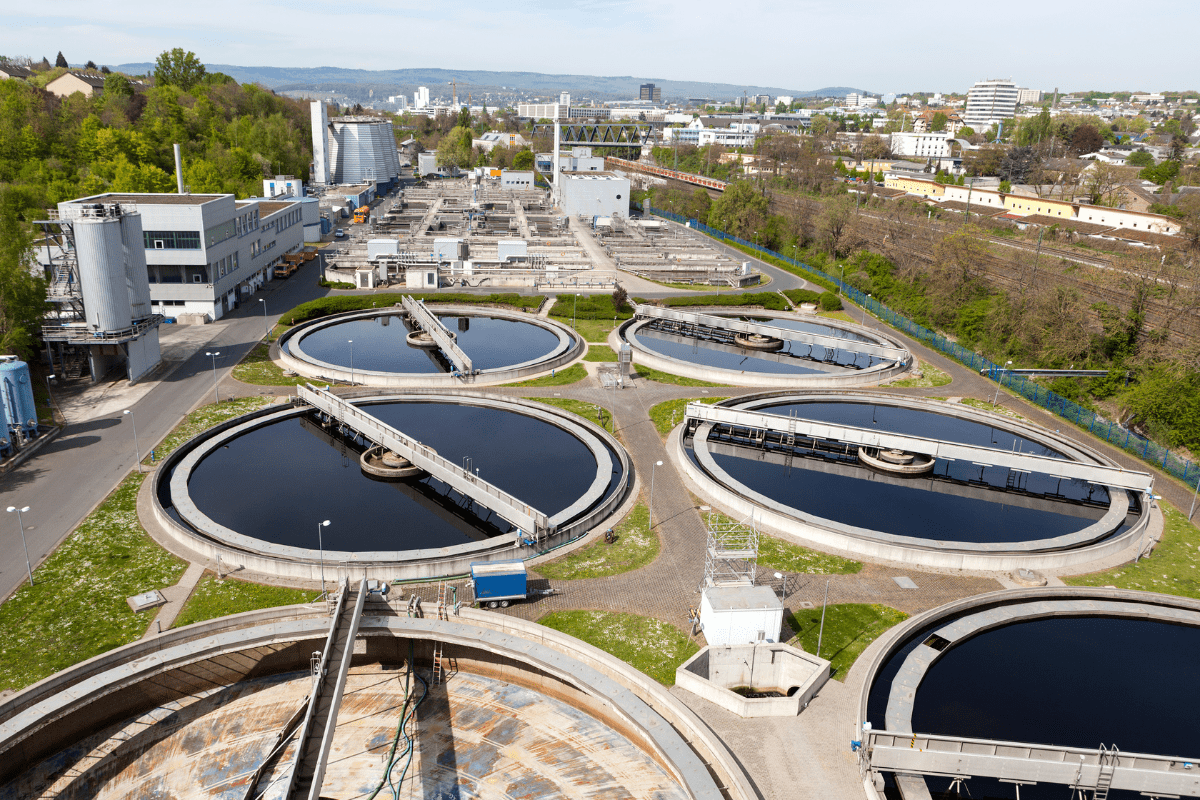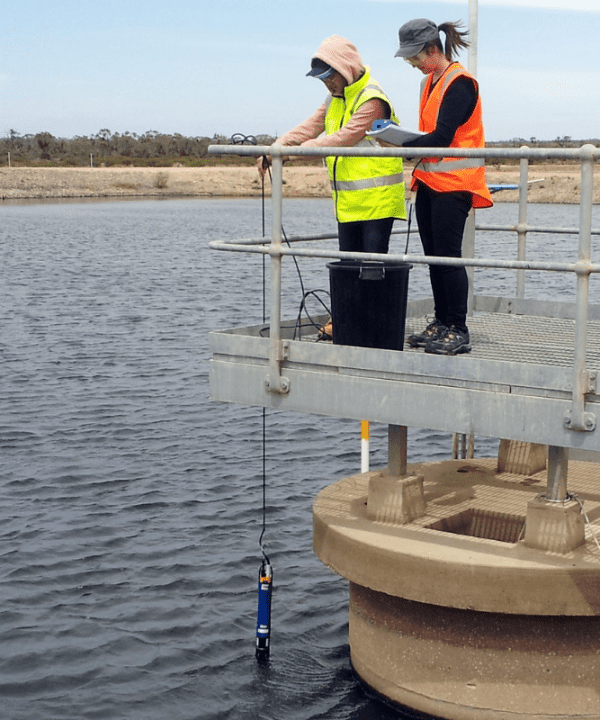
PROJECT DETAILS
- Project No 2055
- Project Name Investigation of the photolysis of emerging contaminants in the Western Treatment Plant lagoons
- Lead Organisation Melbourne Water
- Research Lead University of the Sunshine Coast
- Main Researcher Nicholas Crosbie
- Completion Year 2022
Project Description
Wastewater, including sewage, must be treated to remove chemical pollutants prior to its release into the environment. Sunlight can degrade polluting contaminants when wastewater is held in large, shallow lagoons. This research will examine the effectiveness of sunlight for reducing pollutants, and how sunlight interacts with substances in water to generate ‘photochemically produced reactive intermediates’, which cause indirect degradation of contaminants. The rate at which light-derived ‘reactive intermediates’ damage selected contaminants, and information about the molecular structure of the contaminants, will be combined to build a conceptual model that can be used to predict future photolysis and contaminant removal in wastewater lagoons.





